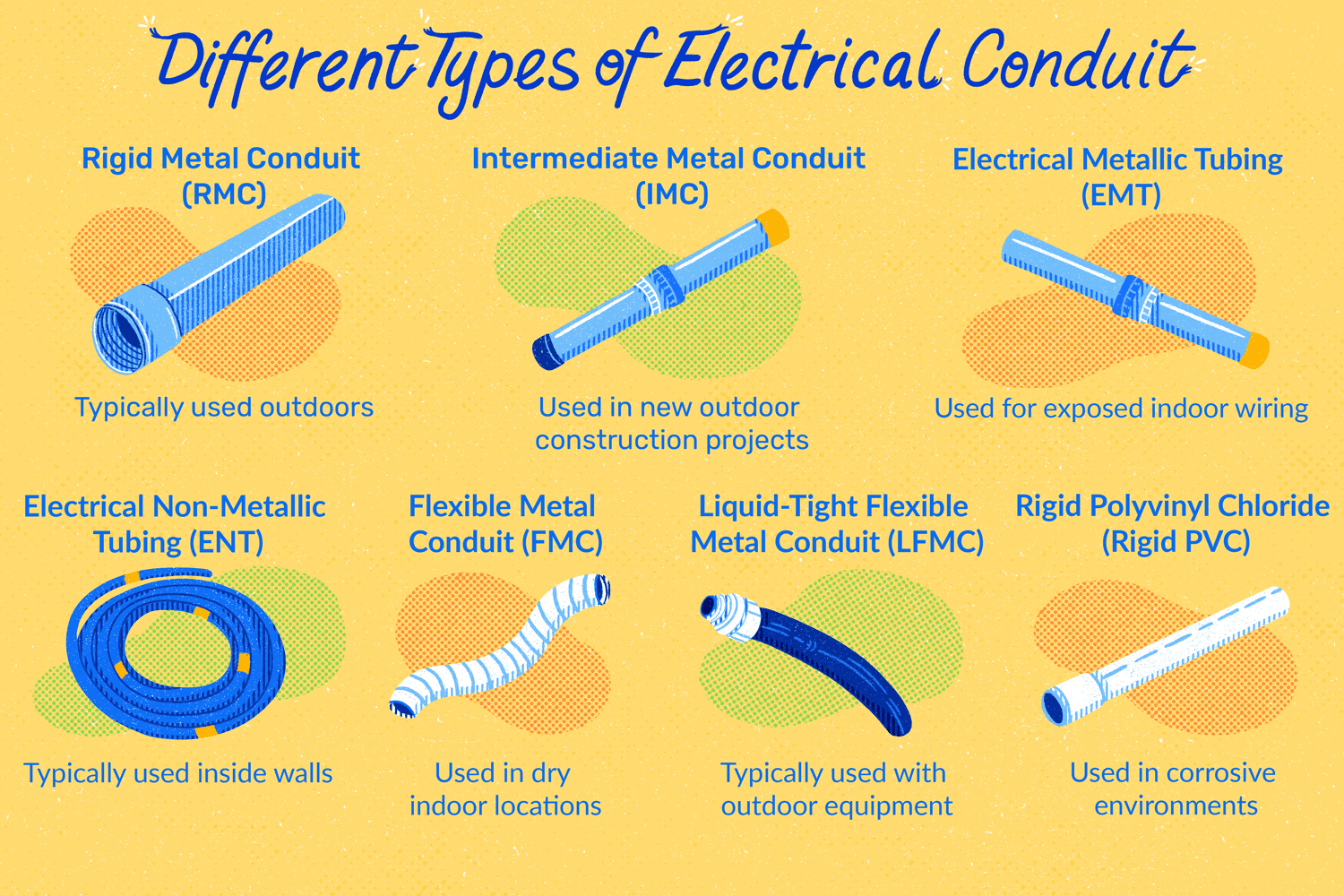
In the complex landscape of industrial electrical systems, industrial electrical fittings play a pivotal and irreplaceable role. These fittings, also known as conduit fittings or conduit accessories, are the unsung heroes that enable the seamless connection of various industrial conduits. Their significance lies in facilitating intricate wiring within industrial settings, ensuring that power and signal transmission lines can be efficiently and securely linked to a wide array of industrial electrical equipment.

Industrial fittings are crafted from two main categories of materials: metallic and non - metallic.

Generally, the materials of industrial fittings are consistent with those of the connected conduits. This is a key factor in ensuring the compatibility and overall performance between fittings and conduits, and it is also a crucial consideration in the design and installation of industrial electrical systems.
The layout of electrical lines in industrial environments is extremely complex, influenced by factors such as the distribution of industrial equipment, the structure of factory buildings, and the production process. It is impossible to arrange pipes and wires in a simple straight - line pattern. In most industrial scenarios, conduits need to turn in different directions. For example, when wiring in the equipment rooms of large factories, it is necessary to bypass various large - scale mechanical equipment and make complex line arrangements among walls, ceilings, and floors. Moreover, when part of a conduit is damaged due to external impacts or aging during industrial production, it is usually not feasible to replace the entire conduit system. In such cases, fittings can achieve precise repair and connection of the damaged parts, ensuring the normal operation of the industrial electrical system and avoiding long - term production stoppages caused by large - scale conduit replacements.
High - quality industrial conduits are the foundation for ensuring the safety of wires, but high - quality fittings that match them are equally essential. Take the common 90 - degree corner wiring in industrial production as an example. If there are no suitable elbows or related fittings at this position, direct wiring will subject the insulation layer of the wire to additional bending stress and pressure. In the long - term industrial operating environment, this additional stress will cause the surface of the insulation layer to turn white and accelerate its aging. Once the insulation layer fails, serious electrical short - circuits or even fire accidents may occur, bringing huge economic losses and safety hazards to industrial production. In addition, fittings with good sealing performance can effectively prevent dust, oil, and corrosive gases in the industrial environment from entering the conduit, keeping the inside of the conduit clean and providing a stable and safe operating environment for the wires.
During the industrial production process, due to adjustments in the production process, equipment upgrades, and other reasons, it is often necessary to modify the direction or position of the original electrical wiring. Without professional tools and the assistance of fittings, forcibly pulling wires from right - angled wire tubes is extremely dangerous. This operation will not only seriously damage the insulation layer of the wire during the pulling process, increasing the risk of electrical failures, but also, due to the resistance at the right - angle, the wires are likely to get stuck, greatly extending the construction time and affecting the normal progress of industrial production. However, when fittings are used reasonably during the early - stage wiring, the smooth inner walls of high - quality fittings can avoid damaging the wire insulation layer. More importantly, the reasonable angles formed by the fittings inside the conduit can significantly reduce the difficulty of wire pulling, improve the efficiency of maintenance and modification of the industrial electrical system, and ensure the continuity and stability of industrial production.